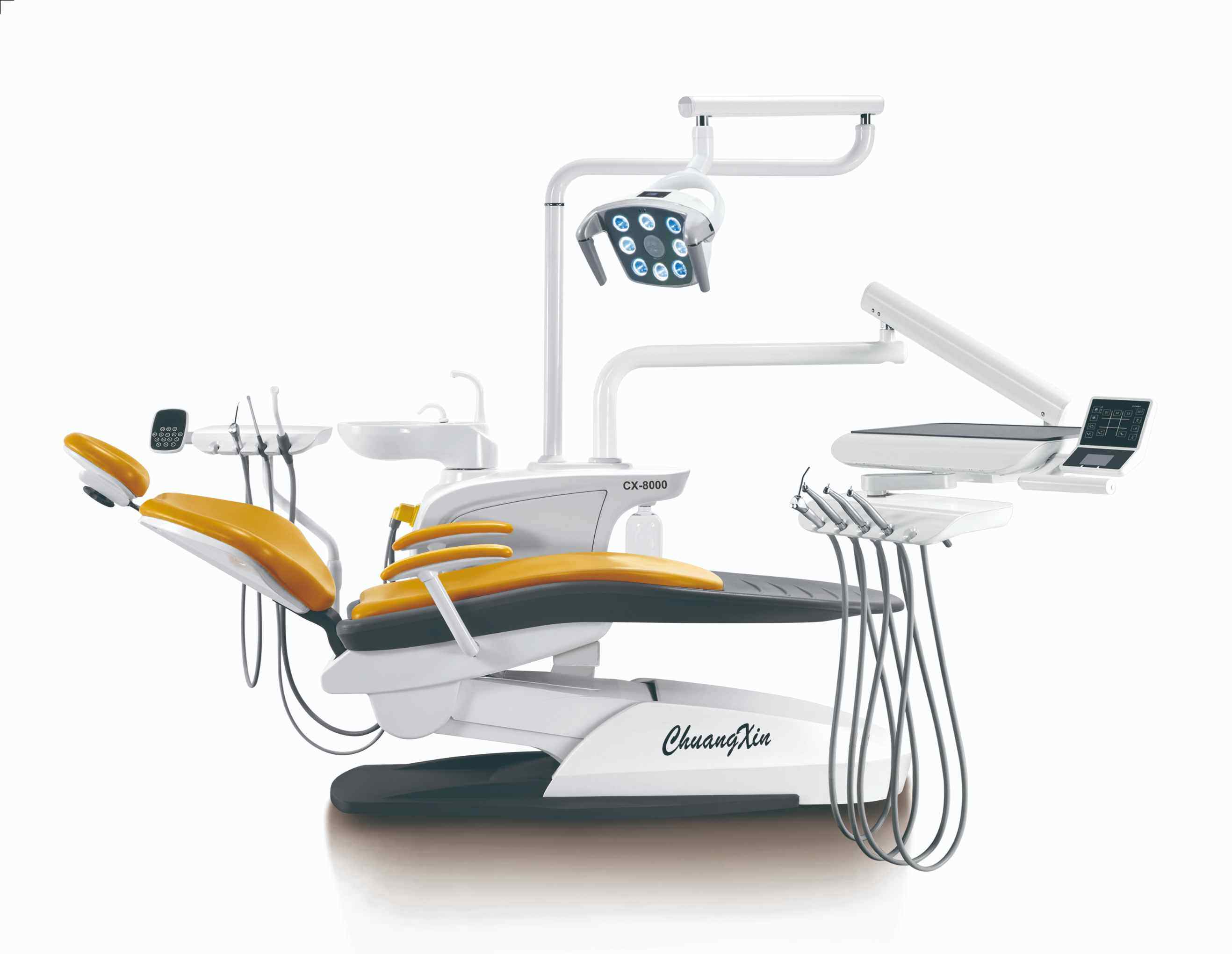Establishing a dental practice or revamping an existing one involves a meticulous selection process for equipment. Among these essentials, the dentist stool plays a pivotal role in ensuring not just comfort but also the ergonomic well-being of dental professionals. In this comprehensive guide, we delve into the nuances of selecting the ideal dentist stool to optimize the practitioner's workspace.
Before determining the type of dentist stool, you should clearly what type of stool you want. Ergonomics and adjustability are both of two important aspects
Delve into the importance of ergonomic design in dentistry. Explain how a well-crafted stool can mitigate physical strain, prevent discomfort, and minimize the risk of musculoskeletal issues among dental professionals who spend extended hours performing intricate procedures.
Elaborate on the necessity of adjustable features in a dentist stool. Discuss how varying height, seat tilt, and backrest positions cater to individual preferences and diverse working postures, thereby enhancing overall comfort and productivity.

There are some key factors you need to consider.
Dive deeper into the different materials used in dentist stools, highlighting the pros and cons of each. Detail how materials like leather, vinyl, or mesh vary in durability and ease of maintenance in a dental setting prone to frequent cleaning requirements.
Elaborate on the significance of a stable base and easy mobility in a dental environment. Discuss how stools with smooth-rolling casters or glides contribute to swift movements around the workspace while maintaining stability during delicate procedures.
Emphasize the importance of checking weight capacity specifications, ensuring the stool can robustly support practitioners of varying sizes without compromising safety or comfort.
Discuss the ergonomic implications of different seat shapes and sizes. Elaborate on how a saddle-shaped seat, a round cushion, or an anatomically contoured seat can offer distinct benefits in terms of distributing weight and providing adequate support during prolonged periods of sitting.
Detail the advantages of stools equipped with backrests, particularly in providing essential lumbar support. Explain how these features reduce back strain and fatigue, allowing dentists to maintain a healthier posture during intricate procedures.
Highlight the ergonomic significance of armrests and foot rings. Explain how these additional features contribute to reducing strain on the arms and feet, providing essential support and enhancing overall comfort during extended treatment sessions.

After that, the budget also should be taken into consideration. In the section of the budget consideration, you also need to decide between quality and cost. By the way
Discuss the balance between quality and cost-effectiveness when choosing a dentist's stool. Emphasize the long-term benefits of investing in a high-quality, durable stool that withstands the rigors of daily use, ultimately contributing to the practitioner's well-being and productivity.
Elaborate on the significance of warranties and ease of maintenance in evaluating the overall cost of ownership. Highlight how warranties offer peace of mind and how easy maintenance contributes to prolonging the stool's lifespan and functionality.
Choosing the right dentist stool isn't merely about acquiring a piece of furniture; it's an investment in the practitioner's well-being and the efficiency of a dental practice. By considering factors such as ergonomics, adjustability, materials, and design, dental professionals can pinpoint the perfect stool that seamlessly integrates into their workspace, ensuring comfort, productivity, and long-term health benefits.